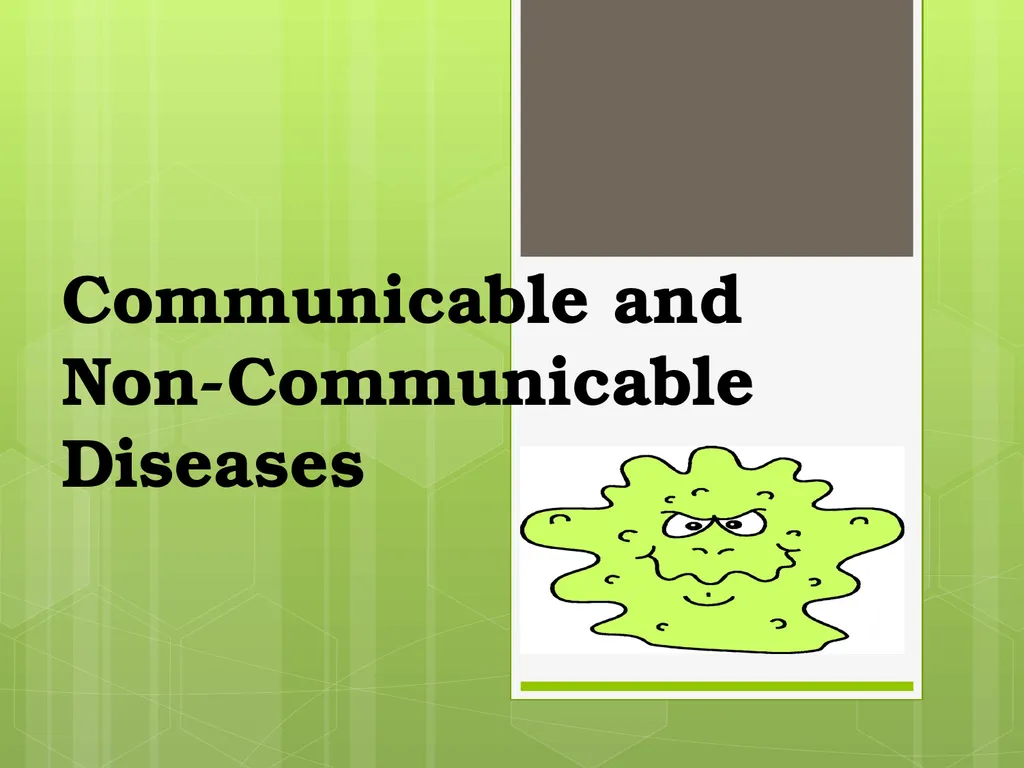
Communicable and Non-Communicable Diseases Let’s
Author: giovanna-bartolotta | Published: 2025-08-16
Description: Communicable and Non-Communicable Diseases Lets See If you can guess There are 2 Diseases with definitions on your table, one-by-one I will call you up and tell you Yes or No, the Yes group goes to one side of the room and the No
Download Presentation
Download the PPT/PDF: Download
Transcript:
Loading transcript�